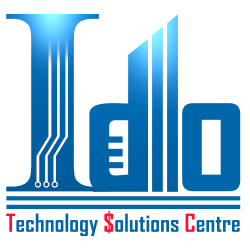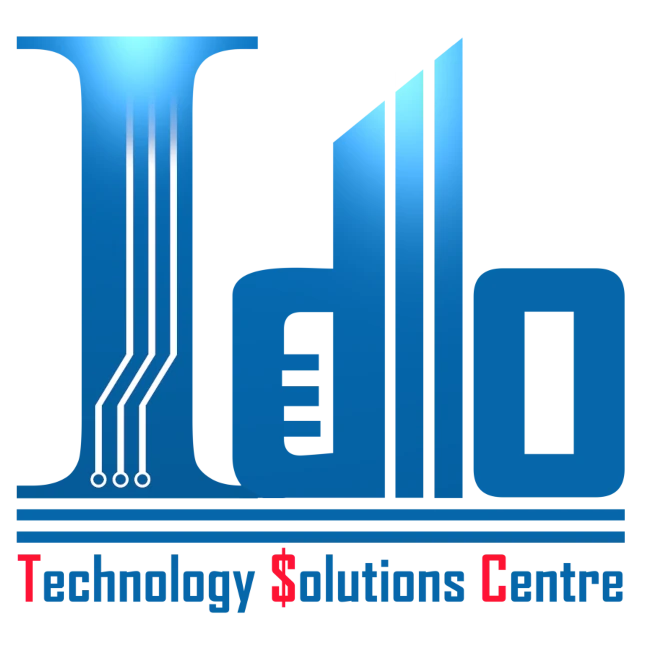Vietnam, with its outstanding advances in mobile network technology, especially 5G, is asserting its position as one of the leading countries in Southeast Asia in terms of connection speed and quality

This strong development not only brings a superior internet experience to users but also opens a wide door for the digital economy, promising significant contributions to national GDP growth. This article will deeply analyze Vietnam’s notable achievements in the mobile network sector, particularly 5G, its smart development strategy, and the immense potential this technology offers.
According to the latest data from the Speedtest Global Index, Vietnam has made an impressive leap in mobile speed within the ASEAN region, moving from 4th to 3rd place. With an average mobile speed of approximately 146.64 Mbps, Vietnam now surpasses many other developed countries such as Thailand, Indonesia, and the Philippines. This demonstrates Vietnam’s serious and effective investment in telecommunications infrastructure in recent years.
Not stopping at the regional level, the “World’s Fastest Mobile Network” report from the Speedtest Global Index (Ookla) was also surprising by ranking a Vietnamese network operator in the 3rd position globally. This is a comprehensive evaluation category, based on millions of real-world connections from users utilizing 3G, 4G, and 5G networks from end-user devices with modern chipsets. Specifically, Viettel achieved 82.56 points, ranking only behind e& of the UAE (88.05 points) and Ooredoo in Qatar (87.05 points), and even surpassing Singtel of Singapore (82.53 points). This achievement is a clear testament to the superior quality and stability of Vietnam’s mobile network on the world map.
Vietnam’s 5G Network Infrastructure Rapidly Improves
Vietnam’s outstanding development in mobile network speed in general and 5G in particular cannot be separated from the continuous efforts in building and upgrading infrastructure. The 2.6 GHz and 3.5 GHz spectrum auctions in 2024 increased the total IMT spectrum from 339.6 MHz to 659.6 MHz, creating favorable conditions for the strong development of 5G technology in Vietnam.
Major network operators in Vietnam have made significant contributions. Viettel, with the goal of achieving 5G coverage for 99% of the population by 2030, has completed over 7,000 5G BTS stations, covering 100% of the capitals of 34 provinces/cities, and plans to install over 20,000 BTS stations by the end of 2025. VNPT and MobiFone, although not announcing detailed figures for installed BTS stations, have both confirmed that 5G coverage is nationwide and the number of 5G subscribers has reached tens of millions.
According to the latest statistics up to July this year from the Vietnam Internet Center (VNNIC), the average 5G network speed in Vietnam has hit a record: 447.03 Mb/s for download and 99.26 Mb/s for upload, with an average latency of only 24 milliseconds. These figures not only demonstrate superior speed but are also proof of the quality and stability of Vietnam’s 5G network, a result of the continuous improvement efforts by domestic network operators.
Vietnam Pursues the “Smart Follower” Strategy
Vietnam’s success in 5G development comes not only from investment in infrastructure but also from a smart and sustainable development strategy. Politburo Resolution 57-NQ/TW set the goal of placing Vietnam in the top 3 ASEAN countries for digital technology and Artificial Intelligence (AI) by 2030, with 5G identified as the core foundation for national digital transformation. This resolution not only directs the development of modern telecommunications infrastructure and promotes technological self-reliance but also encourages the application of 5G in key sectors such as industry, healthcare, education, and smart cities.
With this Resolution, along with the active participation of network operators, Vietnam is not only enhancing its position in the region regarding telecommunications technology but also accelerating the digital transformation process, aiming for the digital economy to account for 20% of GDP by 2025 and 30% by 2030. The Institute of Information and Communications Strategy once announced a forecast that 5G’s contribution rate to GDP growth in 2025 would reach 7.34%, showing the enormous potential of 5G for the economy.
The research report “Leveraging 5G to Accelerate AI-led Transformation in ASEAN” by the Lee Kuan Yew School of Public Policy (LKYSPP) at the National University of Singapore, edited by Vietnamese Professor Vu Minh Khuong, clearly points out how ASEAN countries can utilize the convergence of 5G and AI to promote transformative economic growth. The report emphasizes that 5G technology alone is expected to contribute up to $130 billion to the Asia-Pacific economy by 2030.
Professor Vu Minh Khuong shared: “The convergence of 5G and AI is the infrastructure for innovation, promoting fields such as smart manufacturing, precision agriculture, and autonomous transport. But ASEAN cannot hesitate. The window of opportunity to assert regional leadership in smart connectivity is rapidly closing.”
According to the report, Vietnam has been achieving notable economic successes through its strategic approach to 5G and AI. While 5G and AI are still in the development and expansion phase, Vietnam has shown the ability to leverage these technologies not just to achieve connectivity speed but also to create strategic value.
Vietnam’s “Smart Follower” strategy, which prioritizes adopting technology at a mature time rather than rushing to be a pioneer, while simultaneously promoting widespread deployment, has proven effective. This approach allows Vietnam to deploy 5G more economically and efficiently, especially in priority areas such as hi-tech parks, ports, and industrial zones, helping to optimize resources and direct investment towards sectors that yield high economic value.
Furthermore, in the context of global technological tensions, geopolitical neutrality is an advantage for Vietnam, helping to attract global investment in semiconductor manufacturing, telecommunications infrastructure, and AI innovation. Vietnam can also learn from successful 5G development coordination models in the region, such as Singapore’s case. Key to this is the close cooperation between the State, businesses, international technology solution providers, and end-users to promote specific commercial applications, thereby creating practical value rather than merely focusing on infrastructure deployment.
Prospects and Challenges
Vietnam is standing at the threshold of a new era of technological development, with 5G and AI as the two main drivers. The potential to transform the digital economy, enhance national competitiveness, and improve the quality of life for its people is immense. However, alongside the bright prospects, Vietnam also faces several challenges.
First is the need to ensure cybersecurity and data protection in the context of increasingly sophisticated cyber threats. The development of 5G infrastructure and AI applications requires a robust security system to prevent attacks and protect users’ personal information.
Second, the development of high-quality human resources in the fields of information technology and AI is crucial. To maximize the potential of 5G and AI, Vietnam needs to invest heavily in education and training, encourage research and development to create a team of skilled experts capable of innovation and creativity.
Third, the attraction and retention of foreign investment in high-tech sectors are also key factors. Vietnam needs to continue improving the investment environment and offering attractive incentive policies to draw major technology corporations to invest and develop in Vietnam.
Finally, ensuring equity and inclusivity in the digital transformation process is very important. While 5G and AI technology offer many benefits, they can also create social stratification without appropriate policies to ensure that all citizens, especially those in rural and remote areas, can access and benefit from these technologies.
Vietnam has achieved remarkable successes in the mobile network sector, particularly 5G, affirming its leading position in the ASEAN region and among the world’s top in network speed. The “Smart Follower” strategy has helped Vietnam deploy technology efficiently and economically, optimizing resources to achieve high economic value. The convergence of 5G and AI is opening up golden opportunities for Vietnam to promote its digital economy and achieve ambitious GDP growth targets.
However, to turn potential into reality, Vietnam needs to continue investing in infrastructure, developing high-quality human resources, ensuring cybersecurity, and attracting sustainable investment. With continuous efforts and clear strategic direction, Vietnam can fully become a digital powerhouse in the future, bringing a better life for its people and asserting its position on the international stage.

